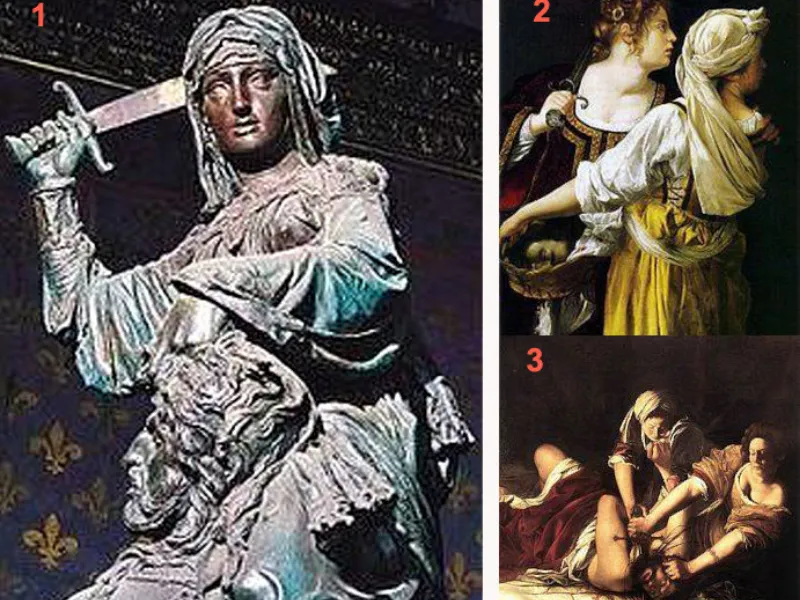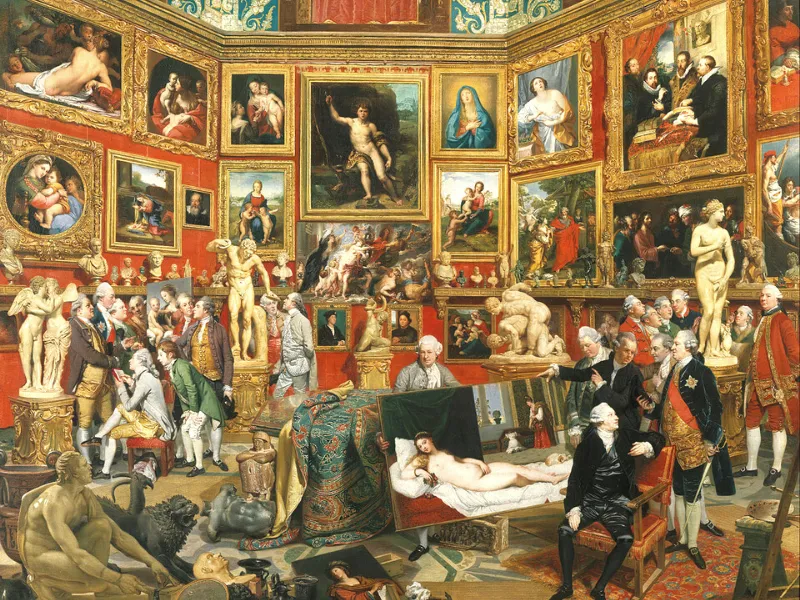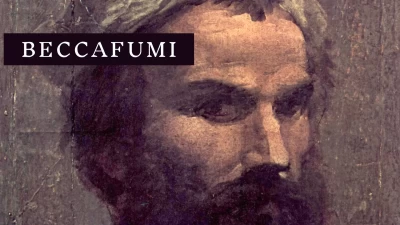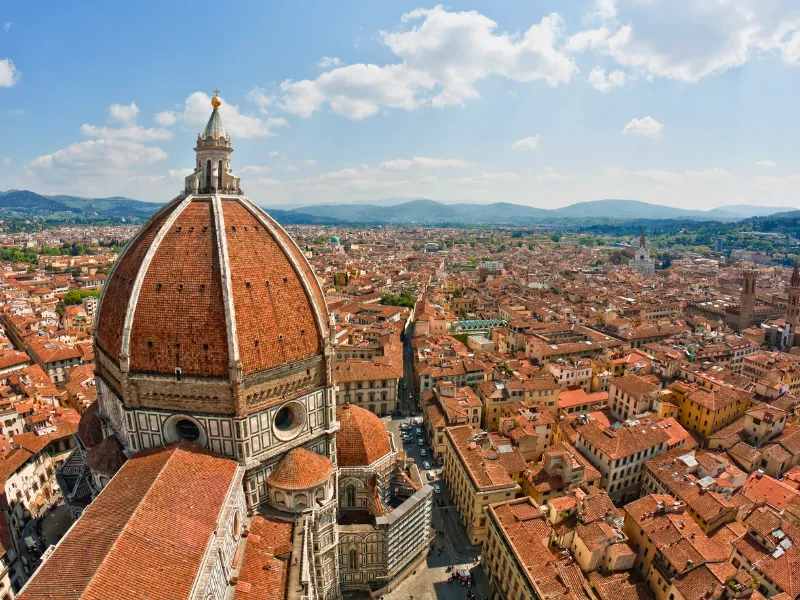The Cumaean Sibyl
The Cumaean Sibyl
An artistic representation of past prophecies
The Sibyls, classical figures of great significance, have been integrated into the floor of the Siena Cathedral (which you can visit with us at Conosci Firenze) as witnesses to the universality of the Christian message throughout the centuries. These magnificent prophecies, depicted by various Sienese Renaissance artists, consist of a total of ten panels (five for each nave) and are named after different geographical regions of the known world at that time: the Persian Sibyl, the Hellespontine Sibyl, the Erythraean Sibyl, the Phrygian Sibyl, the Samian Sibyl, and the Delphic Sibyl, representing the Eastern and Greek world; the Libyan Sibyl for Africa; and then the Western ones (with reference to Italy): the Cumaean or Cimmerian Sibyl, the Cumaean Sibyl (inspired by Virgil), and the Tiburtine Sibyl.
(1) The Sibylline Books played a fundamental role in moments of great prodigies, which announced a possible rupture in the relationship between the gods and the Roman people. These precious works contained detailed explanations of the prodigies and provided indications of the actions to be taken to restore harmony.

Altri articoli

Judith and Holofernes
The victory of a woman over injustice and violence she suffered, have been expressed through painting.

Johann Zoffany painted the Tribune
If you want to know the paintings and the statues situated in the XVIII century inside the Tribune look at the painting below!

Domenico di Jacopo di Pace, Beccafumi
Influenced by Florentine culture, he studied in Rome from 1510 to 1512, where he was inspired by Michelangelo and Raphael.

Florence Cathedral
With its majestic Renaissance architecture, proudly stands at the heart of the city.

